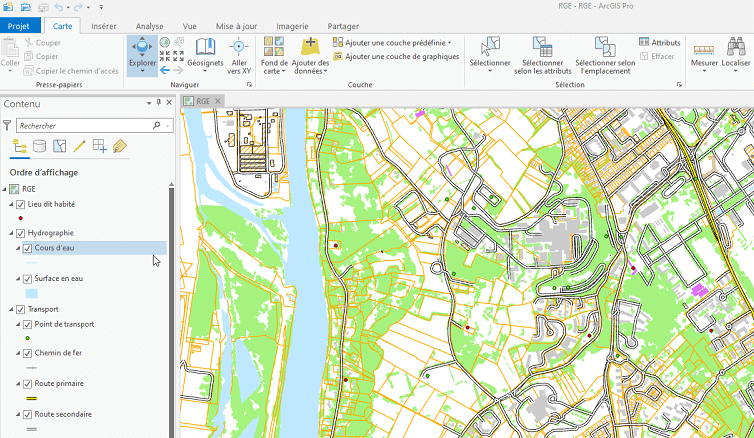

With ArcCatalog, it’s not only for data but also maps, models, and tools.Ī part of managing data is creating metadata. It’s like your own personal Google search engine. Pin down missing data sets by using the filter and search tools.

They give basic preview functions but the focus is on data access and organization. These applications help many manage their raster, vector, and GIS data. QGIS Browser and ArcCatalog are stand-alone GIS data management applications. Explore your geodata with ArcCatalog and QGIS Browser READ MORE: The Ultimate List of GIS Formats – Geospatial File Extensionsģ. (Because setting custom delimiters in QGIS is even better than Microsoft Office.)Īnd instead of poring over piles of conflicting and confusing GIS formats, simply consume it with QGIS. Instead of wasting time trying to add space-delimited files, the QGIS interface lets you roll it in 24 hours a day. Instead of pounding the pavement to load your NetCDF files, QGIS will consume it for YOU.

But the list goes on for GIS format consumption… ENC, shapefile, geodatabase, MapInfo formats, Microstation file formats, AutoCAD DXF, SpatiaLite, Oracle Spatial, MSSQL Spatial databases, WellKnownText (WKT)… QGIS uses the GDAL/OGR library to read and write GIS data formats. It’s cutting edge when it comes to consuming data. QGIS mind-blowingly consumes all types of dataĪrcGIS has broken more hearts than anyone for consuming data.


 0 kommentar(er)
0 kommentar(er)
